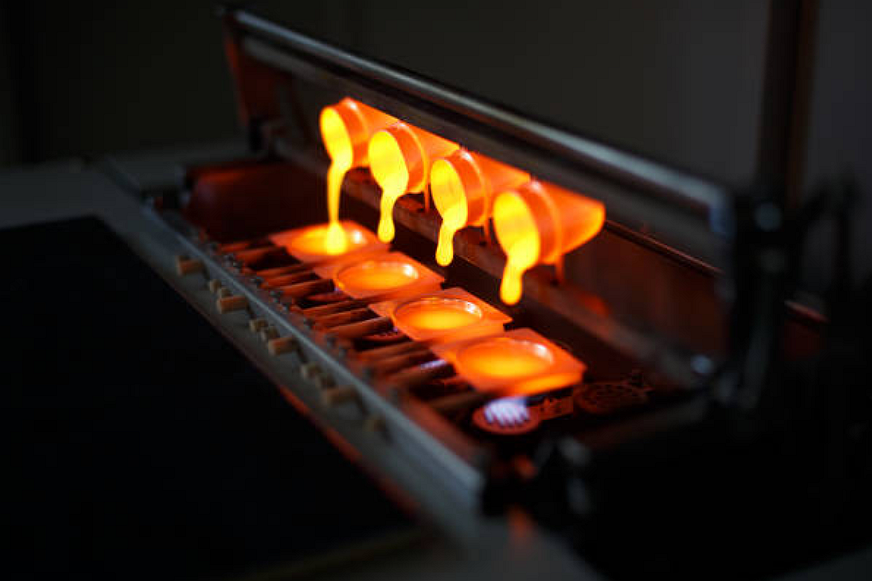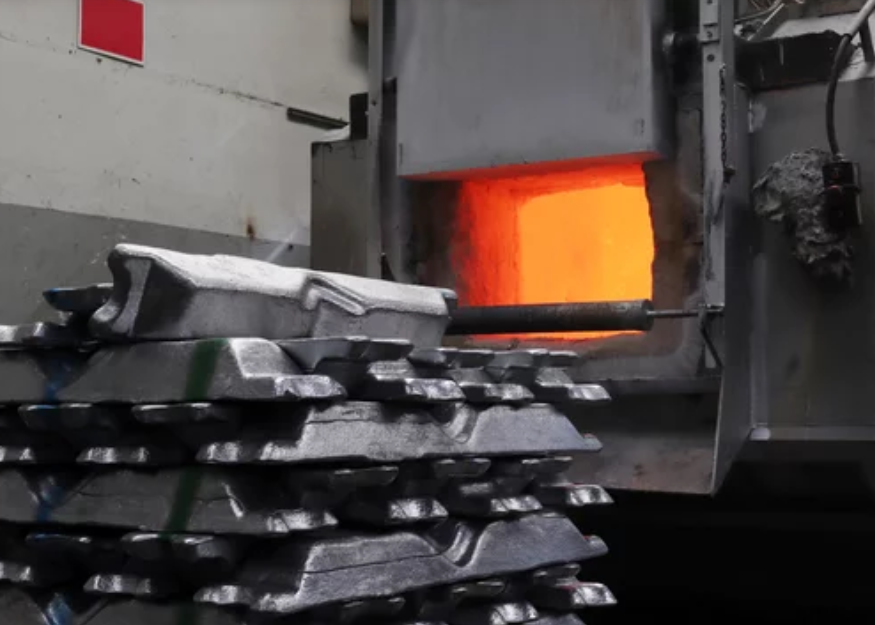How does Neway guarantee dimensional accuracy and weld quality for large structures?
For large welded structures such as towers, brackets, and support frames used in energy, telecommunication, and power tools applications, dimensional accuracy and weld integrity are critical for both safety and long-term operational reliability. Neway ensures these through a combination of process planning, advanced manufacturing methods, material selection, controlled welding procedures, and post-weld validation. Structural components are often produced via sheet metal fabrication, precision casting, and prototyping depending on their geometry and functional requirements.
Dimensional Accuracy Through Optimized Manufacturing
To achieve tight tolerances on large structures, near-net-shape methods such as investment casting, gravity casting, and precision casting are used to reduce machining and warping. Critical interfaces—such as flange surfaces and connection holes—are finalized using CNC machining to achieve high dimensional repeatability. For prototypes and low-volume parts, 3D printing prototyping is employed to verify assembly alignment and optimize welding positions before final tooling investment.
Controlled Welding Procedures
Weld quality is guaranteed through strict WPS (Weld Procedure Specification) and PQR (Procedure Qualification Record) guidelines. Preheating and interpass temperature control are applied based on material type—particularly for superalloys or cast stainless steels where thermal gradients can induce cracking. Automated welding equipment or positioners are used to maintain weld uniformity. To minimize distortion, optimized weld sequences and fixturing are implemented during sheet metal fabrication or assembly.
Stress Relief and Post-Weld Treatment
After welding, large structures undergo stress-relief heat treatment to stabilize geometry and prevent distortion. Where high fatigue resistance is required, surface treatments such as nitriding or electropolishing are applied to reduce stress concentration at weld toes and improve fatigue strength. In corrosive environments, protective layers such as galvanizing, powder coating, or anodizing are applied to protect joints from degradation.
Testing and Quality Assurance Protocols
Dimensional accuracy is verified using CMM, laser scanning, or digital twin comparison. Weld quality is evaluated through visual inspection, ultrasonic testing, and radiographic examination to detect subsurface defects. For high-load structures in aerospace or dynamic load applications, fatigue testing and static load validation are performed on samples or full-scale welded assemblies. Neway also supports iterative improvement via real-field data collection and predictive simulation to enhance design reliability.
Design and Process Guidelines
Minimize weld length through intelligent part splitting and casting integration.
Use simulation to predict weld deformation and compensate using fixture design.
Apply heat treatment and post-process machining to correct structural deviations.
Specify corrosion protection early—surface finish must match service environment.
Use QA checkpoints throughout fabrication, not only after welding is complete.



